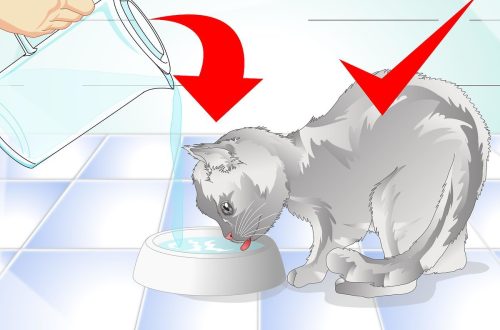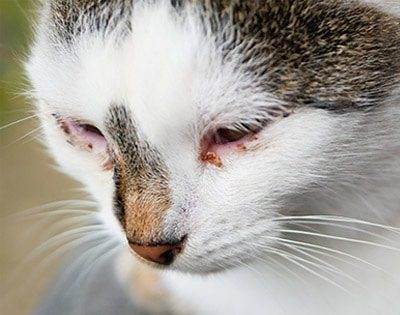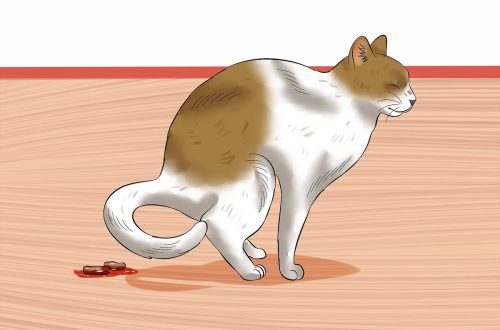
Ascites in cats and cats

The fluid in the abdominal cavity in this disease can be of a different nature – according to the results of laboratory diagnostics, both exudate (for example, with injuries, postoperative complications) and transudate with a high or low protein content (with hepatic portal hypertension, pancreatitis, the presence of a tumor) can be detected. ). The nature of the effusion is determined by measuring the number of cells and protein concentration in a fluid sample.
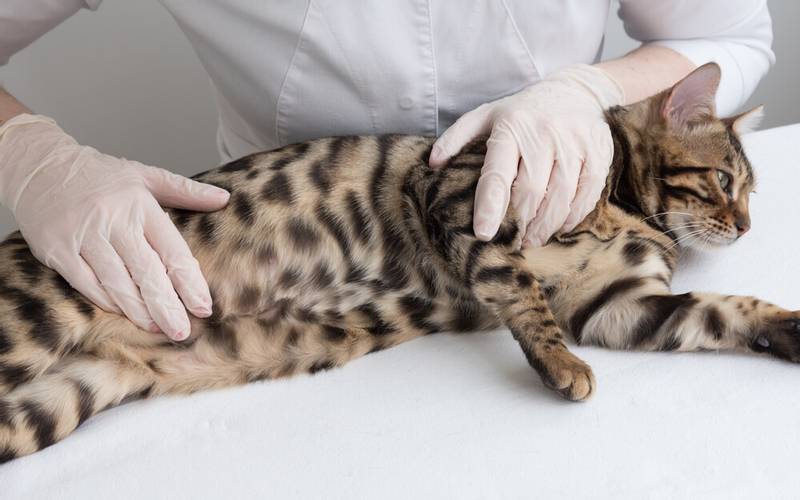
Contents
Causes of ascites
What could be the reasons for the presence of fluid in the cat’s stomach? There are the following causes of ascites in cats:
congestive heart failure;
infectious peritonitis of cats;
a decrease in the amount of protein in the blood plasma due to its excessive loss in diseases of the kidneys (nephropathy) or the gastrointestinal tract (protein-losing enteropathy);
pancreatic diseases;
various tumor processes;
postoperative complications;
inflammation and infections in the peritoneum and mesentery;
various injuries of the abdominal cavity, violation of the integrity of the lymphatic vessels, etc.
Symptoms of Ascites in Cats
Symptoms of ascites in cats include:
enlargement of the abdomen;
shortness of breath;
weight gain;
in males, the scrotum or penis may also swell;
often pets take a forced position due to the fact that it becomes uncomfortable to lie on the stomach.
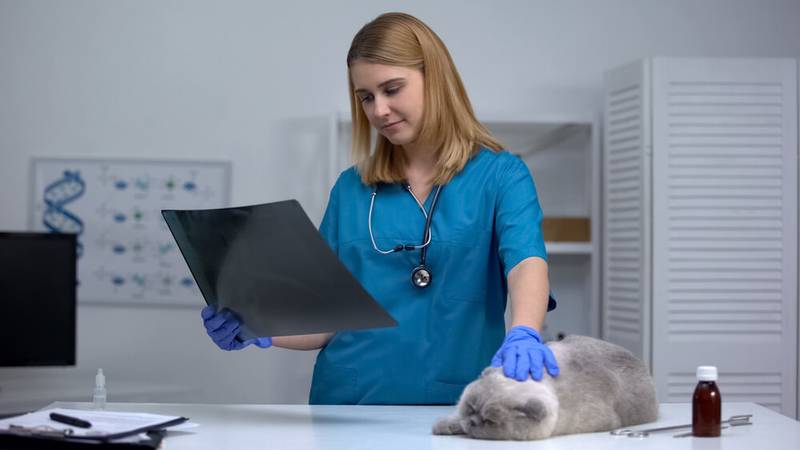
Regardless of the cause of the disease, due to the presence of fluid in the abdominal cavity, as a result, the cat is affected by the cardiovascular, excretory, hematopoietic, lymphatic, immune systems and the gastrointestinal tract.
Fluid in the abdomen of a cat can appear regardless of age or breed.
Ascites in kittens
Ascites in kittens, unlike adult animals, rarely occurs as a result of systemic disorders. The most common cause of ascites is the presence of an infection in a kitten, such as feline viral peritonitis, so we will consider this disease in more detail below.
Feline infectious peritonitis is a viral disease from the group of coronavirus infections. This disease occurs most often in shelters, nurseries and other places where cats are crowded. Unfortunately, after the onset of clinical symptoms, the mortality from this disease is extremely high: rare cats live with an established diagnosis for several weeks. As a rule, if a kitten has fluid in its stomach, then it will live no more than a month.

It is interesting to note that feline infectious peritonitis virus arises from a mutation in a chronic feline disease, feline coronavirus enteritis. The disease is transmitted most often through feces, contaminated bedding and other objects. Kittens usually become ill with the coronavirus enteritis virus around 9 weeks of age, however, fortunately, only a small percentage of kittens mutate the virus to infectious peritonitis virus. The mutation is believed to be influenced by genetic predisposition, age at the time of exposure to the virus, and a large number of stress factors, which include overcrowding and unbalanced nutrition. In this case, abdominal ascites in a kitten may be the only symptom of the disease.
But it is worth noting that this disease, although typical for cats under 3 years old (especially kittens), can occur in cats at any age.
Diagnosis of ascites
The main methods for diagnosing the cause of ascites include:
Ultrasound of the abdominal cavity;
general blood analysis;
blood chemistry;
effusion cytology.

Additional diagnostic methods include the following:
CT scan;
bacteriological examination of ascitic fluid;
ECHO of the heart;
other studies as needed.
A complete blood count is one of the mandatory tests for diseases of various etiologies. With a systemic inflammatory process, the analysis will show an increase in the number of leukocytes, with blood loss – a decrease in the number of erythrocytes and hemoglobin. In the presence of a viral disease, the number of leukocytes, on the contrary, can be reduced.
According to blood biochemistry: as a result of impaired liver function, loss of protein through the gastrointestinal tract or through the kidneys, the content of albumin and cholesterol decreases. Attention is also drawn to specific indicators: the activity of liver enzymes can be either reduced or increased in various liver pathologies. Urea and creatinine are elevated in kidney disease, lowered in liver dysfunction. A low amount of glucose may also indicate liver damage, and an increased value may indicate the presence of diabetes mellitus.
Of great importance are cytological and bacteriological studies of ascitic fluid with the determination of the sensitivity of microflora to antibiotics.
Cytology determines the number of cells per milliliter, the type of these cells, the concentration of protein in the liquid. Also, in cats, a study of effusion for the presence of feline viral peritonitis is mandatory.
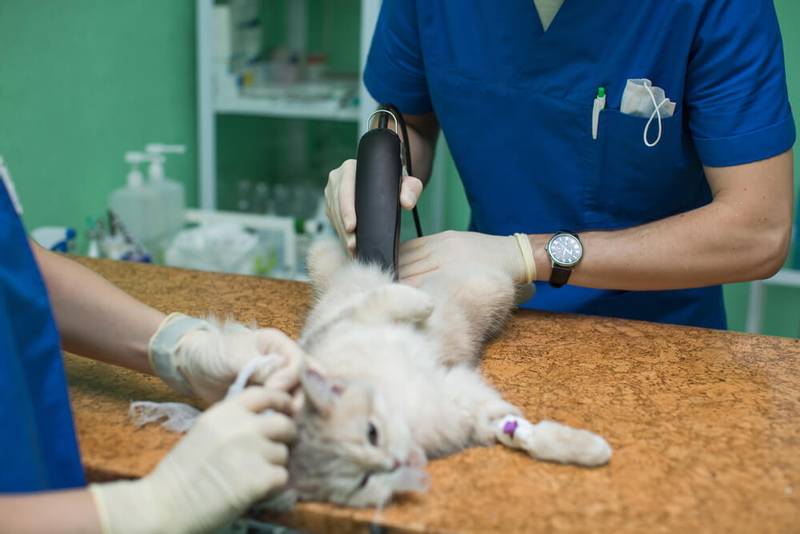
Treatment of ascites in cats
The choice of treatment for ascites in cats and cats depends entirely on the underlying disease that caused it. Therefore, before answering questions about whether ascites is treated in cats and what to do next, you need to conduct a complete diagnosis of the pet. After the diagnosis is made, a decision is made on whether it is advisable to continue treating the pet or whether it is more humane to euthanize it. But the decision on what to do if the cat has ascites should be made by the veterinarian based on the diagnosis, the age of the pet, the severity of the treatment and the prognosis in general for this disease.
Depending on the identified cause, the following types of treatment are used for ascites:
surgical treatment of pathology, if possible;
histological examination to clarify the nature and subsequent chemotherapy in the presence of a tumor;
treatment of hepatic, cardiac and other pathologies in the presence of a corresponding disease;
antiviral drugs in the presence of a viral disease.

General recommendations include the following:
treatment is carried out in a hospital or at home, depending on the severity of the disease and the condition of the pet;
with a significant amount of effusion in the abdominal cavity, which interferes with the normal state of the pet, it is recommended to perform laparocentesis, that is, a puncture of the abdominal wall with the removal of ascitic fluid;
regular monitoring of blood tests, including a complete blood count, biochemistry, and analysis of gases and electrolytes to assess the pet’s condition in dynamics and correct treatment tactics.
Prophylaxis of ascites
Prevention of ascites is non-specific and consists in proper nutrition of pets, avoidance of crowded content, as well as regular medical examinations (examination at the clinic, blood tests and abdominal ultrasound) to detect possible diseases at an early stage, which can significantly increase the life expectancy of a pet.
If the pet has access to the street, it is imperative to regularly comply with all preventive measures: annual vaccinations, treatment against parasites.
You should also exclude bones and other foods that can injure the intestinal wall from the diet.
And most importantly: if you have any health complaints (lethargy, vomiting, apathy, shortness of breath, an increase in the size of the abdomen), you should immediately contact the veterinary clinic!
The article is not a call to action!
For a more detailed study of the problem, we recommend contacting a specialist.
Ask the vet
29 September 2020
Updated: February 13, 2021



